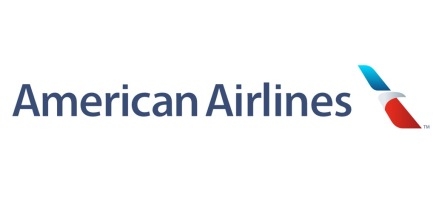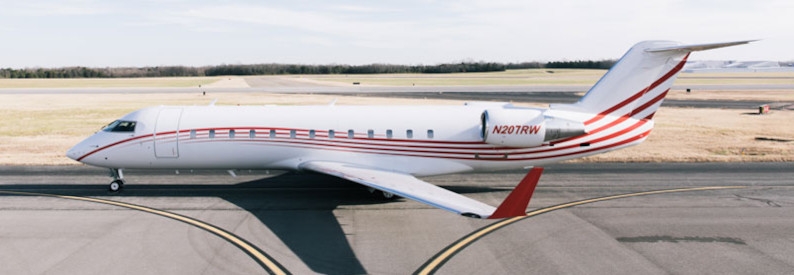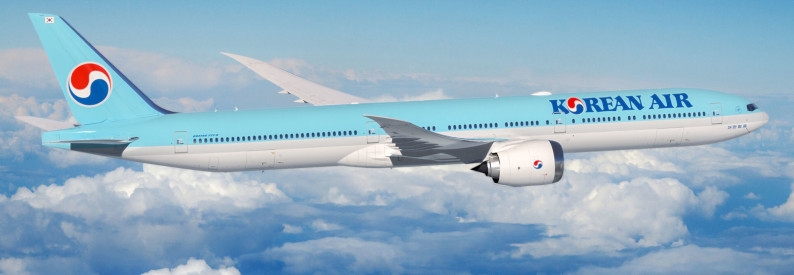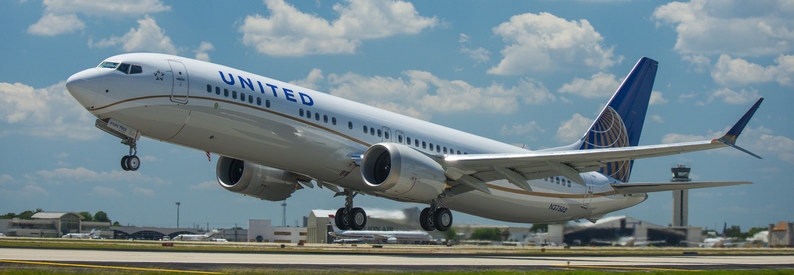American Airlines (AA, Dallas/Fort Worth) intends to transform Seattle Tacoma International into its gateway for most of its flights to Asia, with Washington State’s largest city becoming a secondary international hub alongside Los Angeles International and Dallas/Fort Worth.
This is according to remarks made by Brian Znotins, Vice President (Network Planning), during a recent staff call, reported US blog View from the Wing and magazine Executive Traveller.
On inquiry from ch-aviation, company spokesman Brian Metham said: "We constantly review our global network to ensure we’re connecting customers with the destinations that are most important to them. We recently adjusted our widebody flying which included moving some Asia Pacific routes from Los Angeles to Dallas-Ft. Worth and Seattle. These moves provide a better schedule and improved connectivity for our customers.
"American has proudly served LAX for nearly 75 years and remains committed to the Los Angeles market. We’re currently investing in the LAX hub through a substantial multi-year construction program that modernizes our terminal and improves the customer experience while making travel as easy and comfortable as possible," he said.
During the staff questions-and-answer session, a recording of which was reviewed by View from the Wing, Znotins responded to questions from a Los Angeles-based pilot about the carrier’s plans for Los Angeles.
He said American would leverage its partnership with Alaska Airlines (AS, Seattle Tacoma International) – which also joined Oneworld in March 2021 – to turn Seattle into “our more predominant Asian gateway going forward instead of Los Angeles.”
The move, he said, was motivated by increasing competition from Asian carriers at Los Angeles. “Los Angeles has been a challenge to us to Asia for a number of years. We have faced profitability hurdles because every Asian carrier feels like they need to serve Los Angeles, so even though we were serving Hong Kong International and Beijing Daxing International and Shanghai Pudong prior to the pandemic, they all underperformed for us because every other Asian carrier served those routes as well. And there was far too much capacity in the Los Angeles market,” he said.
“Normally the way you generate profits as American Airlines is that we differentiate ourselves through different schedules, being the only non-stop or one of a few non-stops, but in this case, we were one of dozens of non-stops,” he explained.
“And so for us, what we’ve decided is to scale back Los Angeles widebody flying. Shanghai moves to Seattle… Beijing will focus more on Dallas. Hong Kong will focus more on Dallas as well. We’ll focus with our partner in Seattle, on Alaska Airlines, adding long-haul routes like Bengaluru International (India) (scheduled to begin on January 4, 2022) and Shanghai out of Seattle, once the Chinese bilateral opens up.”
Znotins said Los Angeles would continue to see flights to Tokyo Narita (Japan), Sydney Kingsford Smith (Australia), and London Heathrow (UK), along with domestic services and "a number of small (regional jet) routes out of Los Angeles to support the hub, " because Los Angeles, as a domestic hub, does very well for us".
However, American’s South American routes from Los Angeles have been underperforming as well. “You’re just in the wrong part of the country to serve South America (from) there [..] so focusing on Dallas and Miami International to our Latin America points is a better focus as well. It’s a competitive challenge on the Asian side and a geographic challenge on the Latin side for us,” he said.
According to the ch-aviation capacities module, American competes with at least 14 Asian carriers at Los Angeles, including Korean Air which holds 2.08% market share in terms of weekly seat capacity; Cathay Pacific with just over 2%; as well as Philippine Airlines, Asiana Airlines, Singapore Airlines, ANA - All Nippon Airways and JAL - Japan Airlines; China Southern Airlines; China Airlines and EVA Air.








